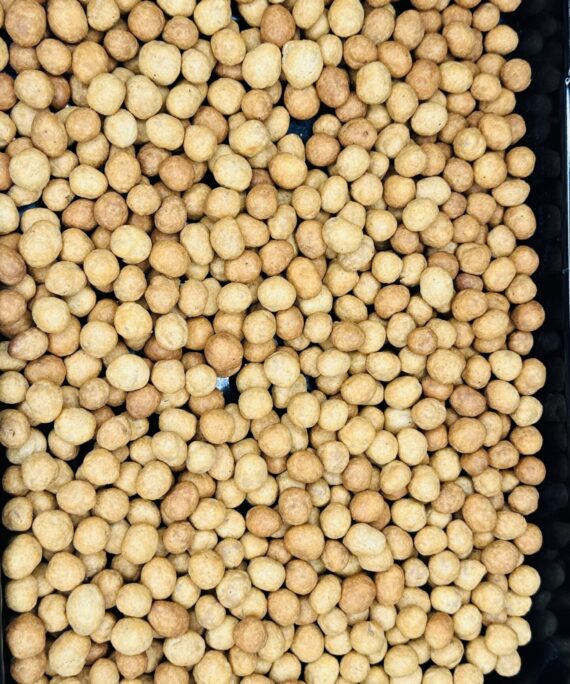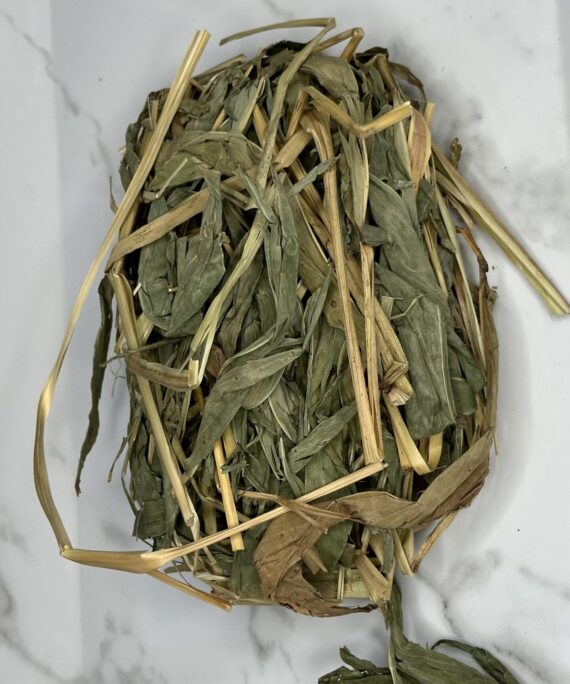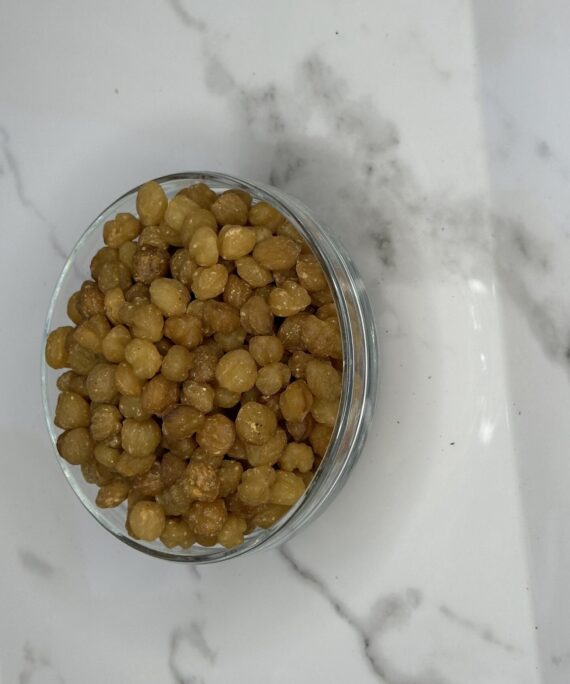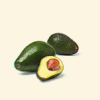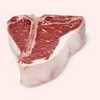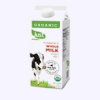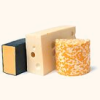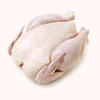New Arrivals
-
Cameroon Okongobong Egusi(pumpkin leaves )
£150Original price was: £150.£120Current price is: £120. Add to basket
Popular Products
-
Cameroon Okongobong Egusi(pumpkin leaves )
£150Original price was: £150.£120Current price is: £120. Add to basket
Stay home & get your needs
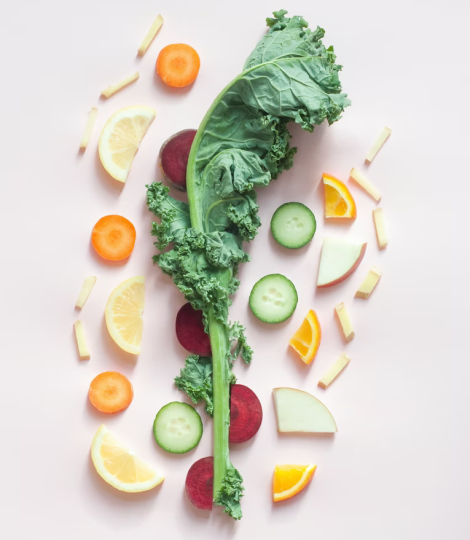
FAQs About Foods
How can I choose the best produce?
To get the highest quality produce, it's typically best to select loose fruits and vegetables rather than those that are pre-packaged. When apples are picked individually, it's easy to spot soft ones, while you may unknowingly pick up apples that are past their prime when you purchase them in a large bag.
How long will frozen foods last?
The shelf life of frozen foods can vary depending on the type of food and how it is stored. In general, properly frozen foods can remain safe to eat for an extended period. However, it's important to note that while the food may still be safe, the quality and taste may deteriorate over time.
Here are some general guidelines for the freezer storage duration of common foods:
1. Meat, Poultry, and Seafood: Raw meat, poultry, and seafood can be safely stored in the freezer for several months. Beef, pork, lamb, and veal can generally be frozen for 6 to 12 months. Poultry (chicken, turkey) can be stored for 9 to 12 months, while fish and shellfish can be frozen for up to 3 to 6 months.
2. Fruits and Vegetables: Most fruits and vegetables can be frozen for 8 to 12 months without significant loss of quality. However, certain fruits like berries or delicate leafy greens may have a shorter storage life.
3. Prepared Meals and Leftovers: Cooked meals and leftovers can be stored in the freezer for 2 to 3 months. It's recommended to divide larger portions into smaller, more manageable sizes for easier reheating.
4. Baked Goods: Baked goods like bread, muffins, and cookies can be stored in the freezer for 2 to 3 months. It's best to wrap them tightly in airtight packaging to maintain their freshness.
5. Frozen Dinners and Packaged Goods: Store-bought frozen dinners and packaged goods often come with "best-by" dates on the packaging. While they can be consumed beyond that date, the quality may decline over time.
It's important to maintain a consistent freezing temperature of 0°F (-18°C) or below to ensure food safety and quality. Proper packaging, such as using airtight containers or freezer bags, can help prevent freezer burn and maintain flavor.
Remember to always use your judgment when assessing the quality of frozen food. If the food shows signs of freezer burn, unusual odors, or changes in texture, it's best to discard it.
To make the most of your frozen foods, it's recommended to label them with the date of freezing and practice the principle of "first in, first out," using older items before newer ones.
How can I select the best cuts of meat?
When selecting the best cuts of meat, consider the appearance and quality of the meat, including its vibrant color, firmness, and marbling of fat. Choose cuts that are suitable for your intended cooking method and purpose, whether it's grilling, roasting, stewing, or braising. Look for meat with moderate fat content that is well-distributed throughout the muscle. It's also important to source meat from reputable suppliers or local butchers who prioritize quality. Don't hesitate to ask the butcher for recommendations and information. Finally, factor in your budget while keeping in mind that higher-quality cuts often offer superior taste and tenderness.
What’s the difference between organic and conventional products?
The main difference between organic and conventional products lies in their production methods. Organic products are grown or raised without the use of synthetic pesticides, chemical fertilizers, genetically modified organisms (GMOs), or antibiotics. They adhere to strict standards set by organic certifying bodies and prioritize sustainable practices that promote soil health, biodiversity, and animal welfare. On the other hand, conventional products are produced using conventional farming methods, which may involve the use of synthetic pesticides, chemical fertilizers, GMOs, and antibiotics. They may prioritize higher yields and productivity over organic practices, but they still need to meet safety and regulatory standards.
Browse More Categories




